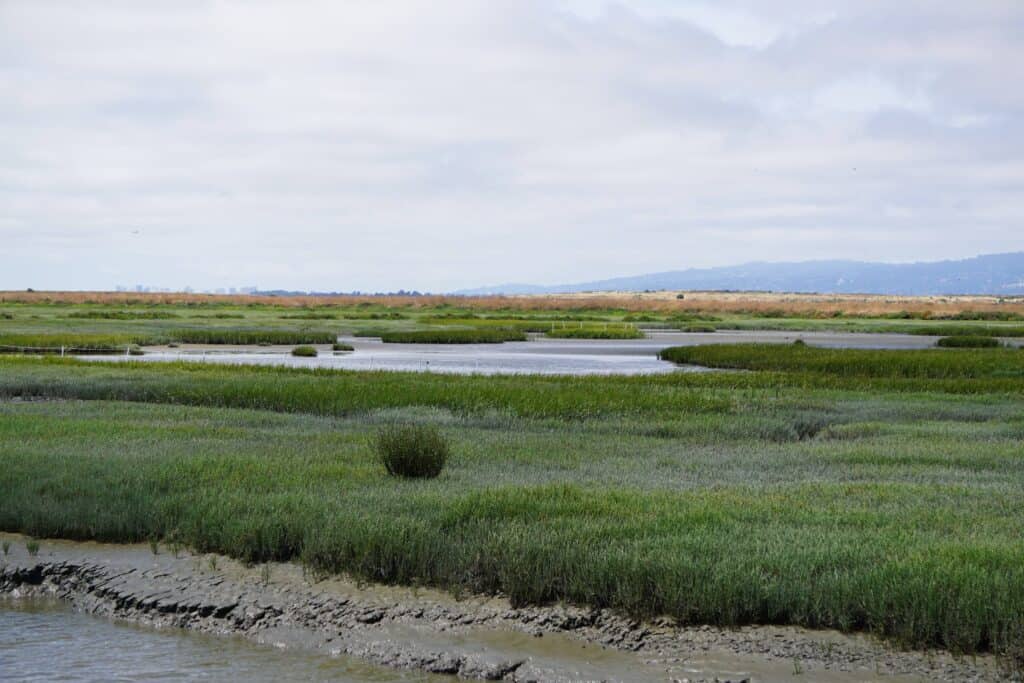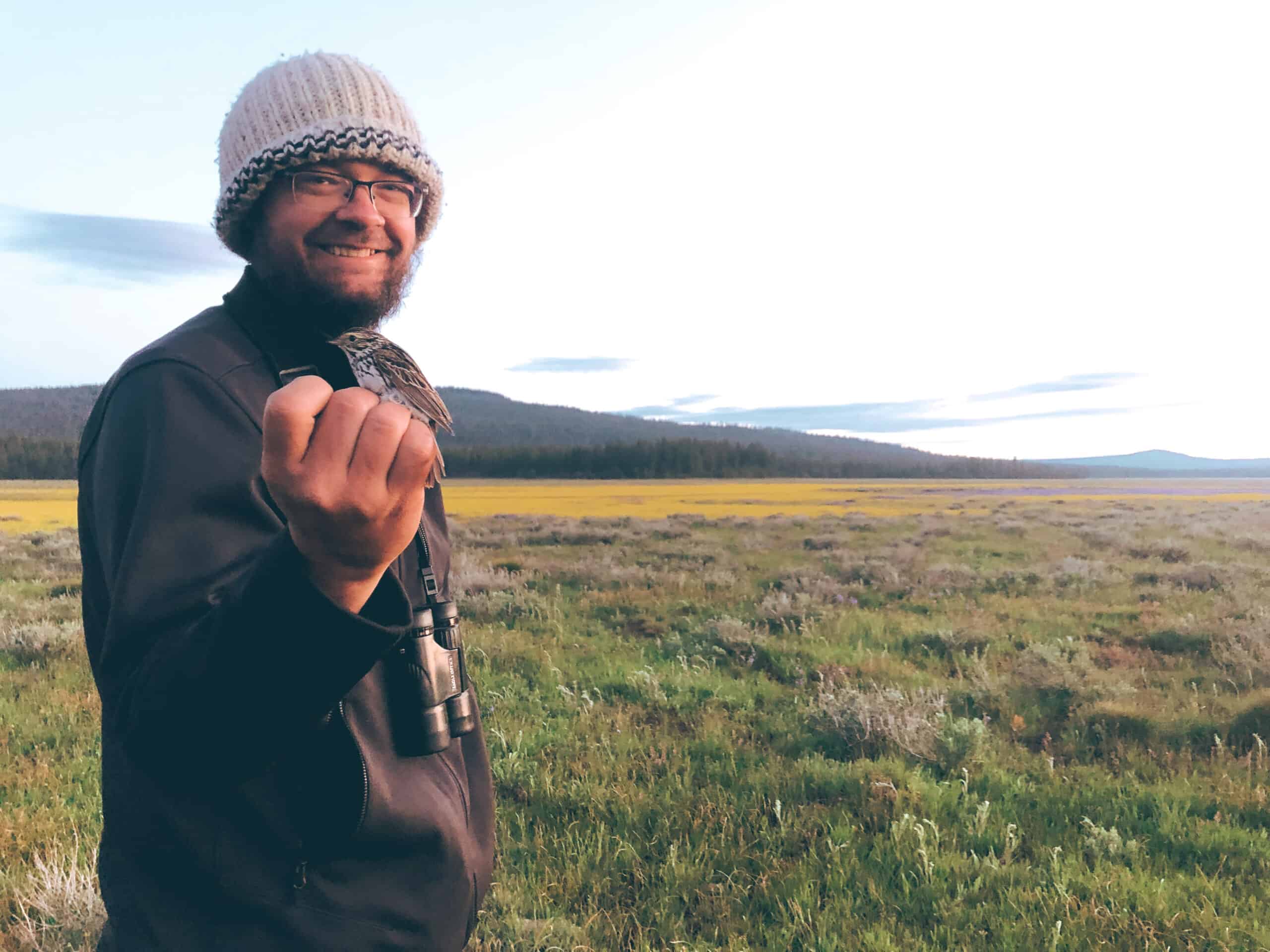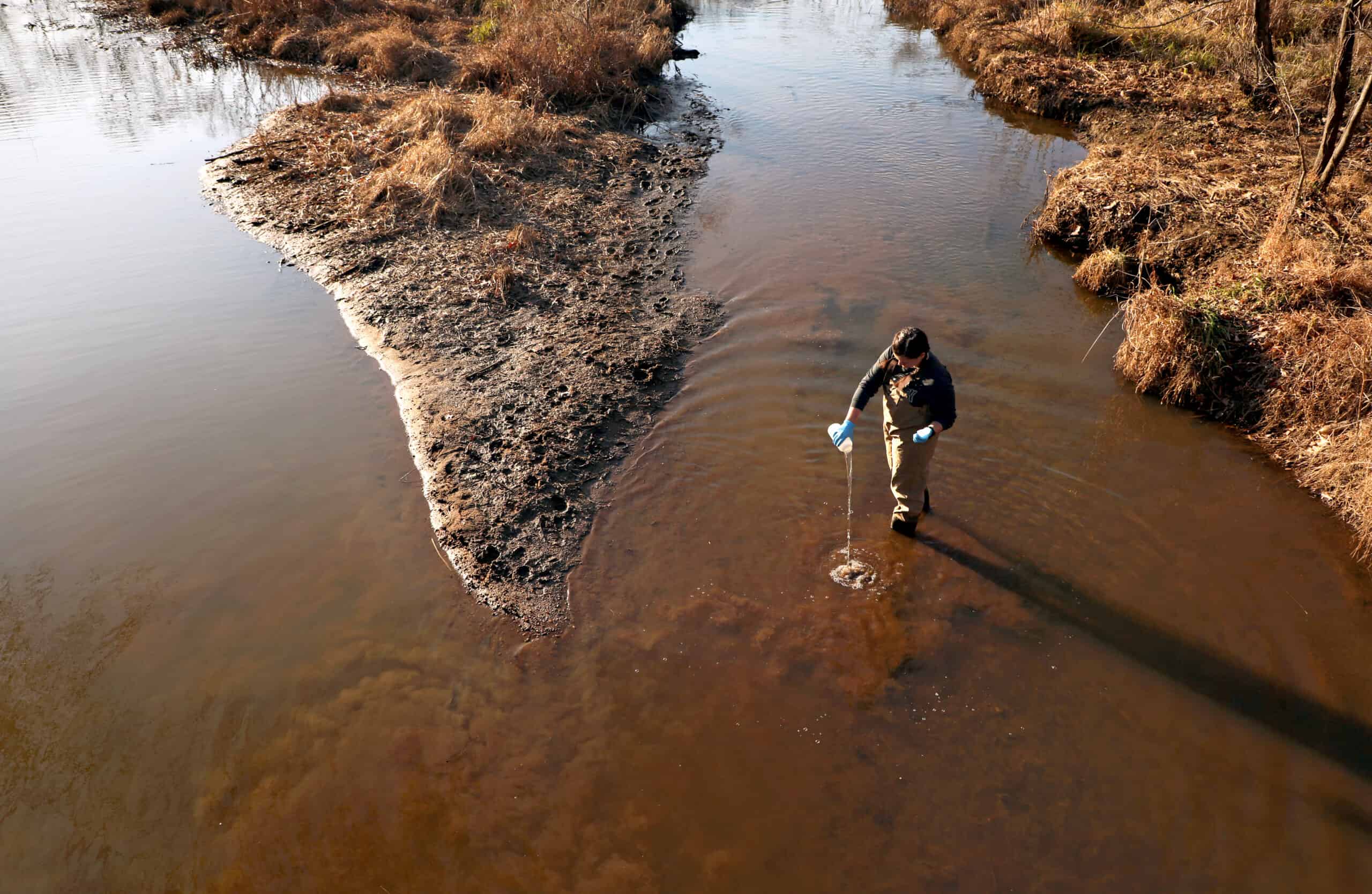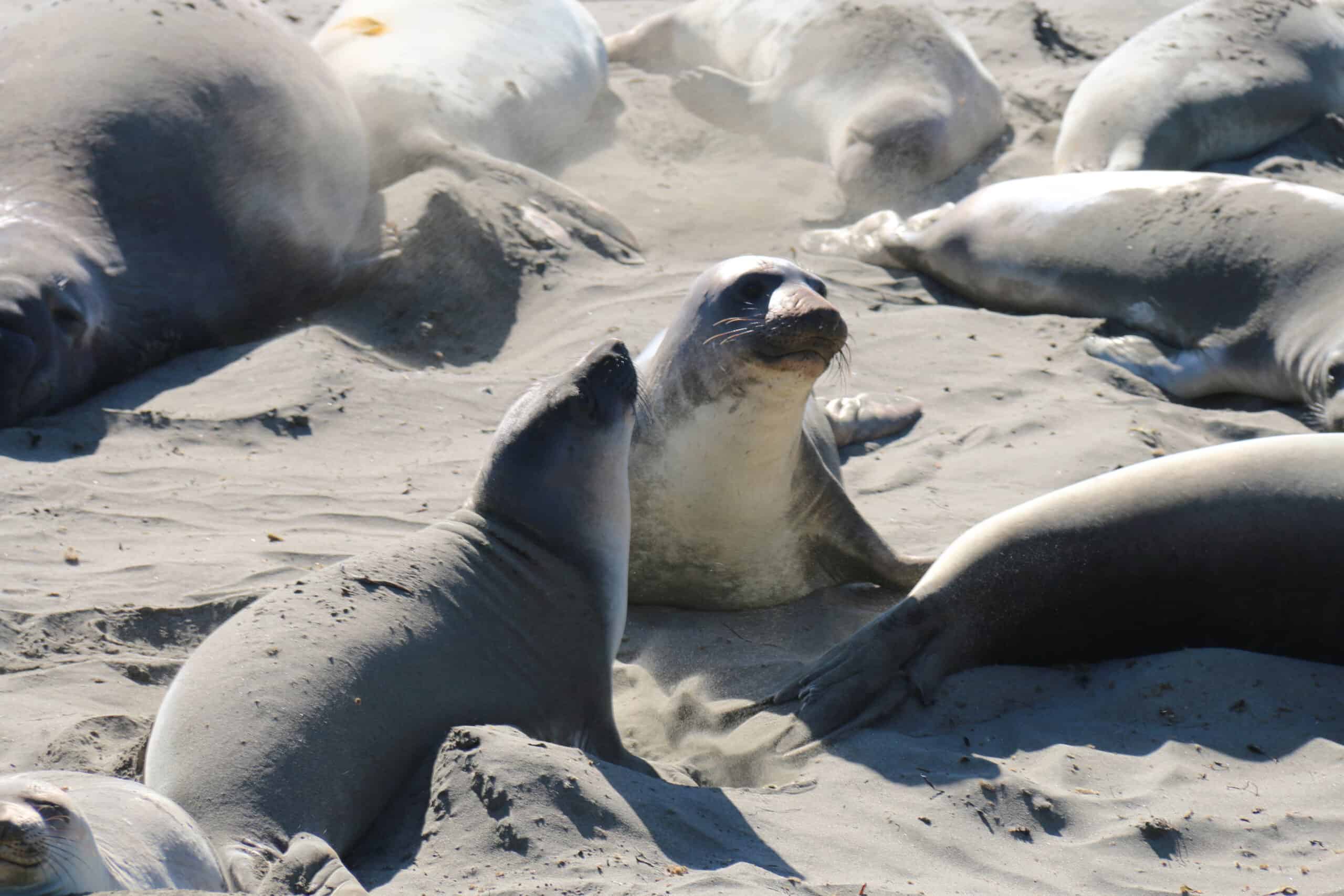Share this article
Wildlife Featured in this article
- Savannah sparrow
Tidal marsh sparrows lose unique genes
Adaptive traits have allowed the birds to survive a harsh environment
Some Savannah sparrows have become specially adapted to living in salt marshes in the San Francisco Bay Area. But researchers worry interbreeding may erode the adaptations that allow them to survive, much as rising seas threaten to erode marsh habitats like theirs around the world.
“I was interested in more basic science questions about how they were able to colonize and adapt to tidal marshes and salt marshes in the first place,” said Phred Benham, a postdoctoral scholar at the University of California, Berkeley. “There are actually very few songbirds that are able to do that. And it’s a challenge for sparrows, because they lack salt glands like a lot of seabirds and other shorebirds.”
Their specialization to tidal marshes raises concerns, though. They rely on these adaptations to survive these challenging environments, but the marshes themselves face threats from urbanization, sea level rise from climate change and other related challenges.
Benham led a study published in Global Change Biology to delve into the genetics of this specialized subspecies of Savannah sparrows (Passerculus sandwichensis alaudinus) with the hopes of being able to better conserve them.
Luckily for Benham, a nearby museum, the Museum of Vertebrate Zoology, housed Savannah sparrow specimens dating back to the 1890s. “Before my time at this institution, people had already been using these historical notes and specimens as part of the Grinnel Resurvey Project to kind of reconstruct how animals have responded to things like climate change,” he said.

Benham’s plan was to look at the genetics of the species in the past and compare them to modern-day individuals he mist-netted and collected samples from. His team extracted DNA from these modern samples and from pieces of toe taken from museum specimens, allowing researchers to look at changes in birds in the same area over the decades. “Instead of comparing two populations in space, you’re comparing the same population at different time points,” he said.
The DNA analysis revealed that some of the historic patterns still exist, like the subspecies in Southern California having lower diversity than those in Northern California.
But the team also found declines in genetic diversity over time. Birds outside of salt marshes showed no change or even an increase in genetic diversity over time. “That’s evidence that loss of habitat and tidal marshes is actually having an impact on the diversity of species,” he said.
But some Savannah sparrow populations, he found, had high genetic diversity despite losing 90% of their habitat. That spurred him to conduct additional analysis that showed an increased level of ancestry in the modern birds coming from other sparrow subspecies in eastern California and possibly even outside of the state.
While Benham had expected there would be some gene mixing with other subspecies, “I didn’t expect it to have been such a dramatic change,” he said. “That suggested gene flow may be helping these populations maintain high levels of genetic diversity.”
While genetic diversity is usually considered beneficial for species, for these sparrows, it also brings concerns. When Savannah sparrows that are highly specialized to deal with salt interbreed with sparrows that aren’t, they lose their uniqueness. “Gene flow can be one of those tricky double-edged-sword kind of things,” Benham said.
That conundrum makes it hard for researchers to predict what this means for these specialized sparrows in the future. They could continue to decline after becoming less specialized to these salty environments, or they could move to less salty environments. “There’s not as many options here in the Bay Area because it’s surrounded by a city,” he said. “But in other places, like up in Humboldt Bay, that’s actually what we’ve seen happen.”
But tidal marsh restoration programs are underway in the Bay Area, Benham said, and they may help Savannah sparrows persist close to home..
Header Image: Phred Benham holds a Savannah sparrow that’s adapted to living in tidal marshes. Credit: Phred Benham, UC Berkeley








